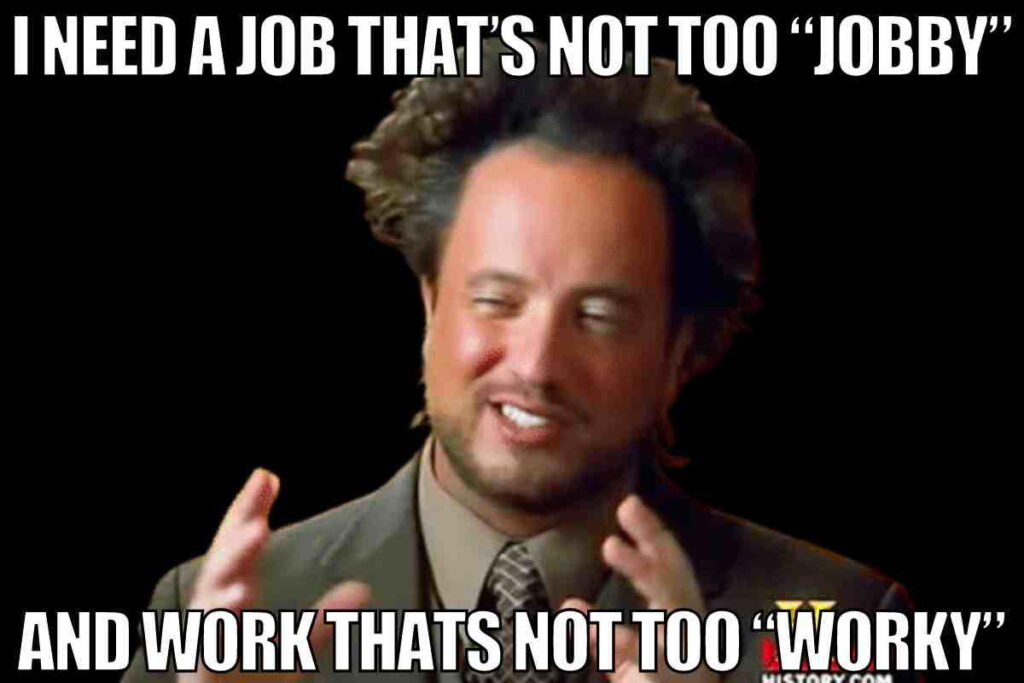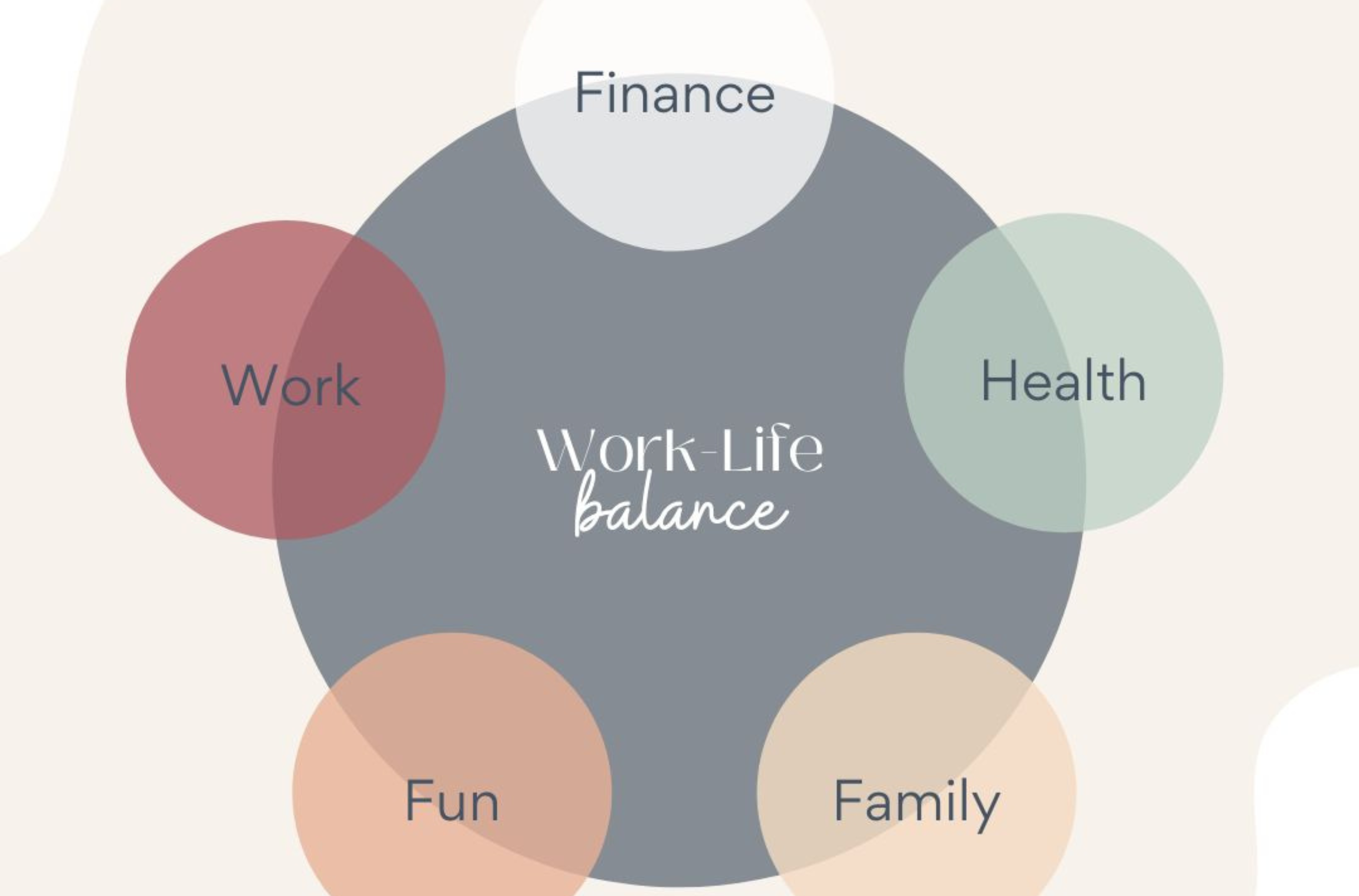Juggling both work and family can be hard. To achieve a healthy work-life balance, several adjustments need to be made to staay afloat. One thing i’ve learned along the way is that work-life balance becomes easier to manage when two key areas are broken down separately: home management and Work management. When each is given its own system, the load feels lighter and more manageable.
Here are practical ways to create more balance in both.
Quick Skim
ToggleTips for Healthier Work-life balance
Managing the Home

1. Outsource what you can
You’ll have to learn to use help. Whether that’s a cleaner, grocery delivery service, or meal kit. When certain tasks are handed off, mental and physical energy is freed up for competing things.
2. Simplify what you can
You’ll have to streamline routines in order to save time and reduce daily decision-making. Simple weeknight meal rotations, makeup, outfits, bedtime; anything you can simplify. The simpler it is to follow and remember, the more you’ll save time and reduce stress.
3. Let go of perfection
When people have a tidy home even in the busiest of times, I’m usually very impressed. But this is not a must if you have a lot of pressing priorities. Focus on the things you can accomplish. This often means choosing simple systems over wanting your home to be ‘picture-perfect’.
Here are some practical ways to create a home thats lovely to live in without the pressure to be perfect:
– Set a reset time once a day — even 10 minutes to tidy the living room or load the dishwasher can create a sense of order.

– Use baskets and bins to hide visual clutter — toys, books, laundry, or random things with no home.
–Keep surfaces mostly clear (like the dining table and kitchen counter) so they don’t become dumping grounds.
–Avoid over-decorating — too many items on shelves or walls can feel like visual noise.
4. Avoid unnecessary DIY pressure
Many parents love a DIY challenge, from renovating their homes to creating the kids costume for the school play. If this is not you, then let go. Not every task needs to be handmade or personalised. Whether it’s a party setup, a costume, or classroom snacks, sometimes store-bought is often good enough. The focus should be on ease, not presentation.
5. Keep systems out of the head and onto paper
Using planners, notes, apps, or family calendars can reduce the strain of trying to remember everything and then beating yourself up when you forget things. If there’s only one rule i live by when it comes to taking care of the home, its ‘write it down’. Whether you use your phone, an old-school board, or a printable planner. From meal plans to school reminders, write it down. This can prevent burnout and improve follow-through.
Managing Work

1. Match your tasks to your energy levels
Instead of trying to power through everything at any time of day, get the most important things done when energy is high. This might mean using mornings for focus-heavy tasks and afternoons for lighter work.
By finishing key tasks early, you have less stress later in the day which means you’ll have more time and mental space for home, kids, and rest.
2. Don’t plan more than your day can hold
It’s common to plan too much and feel guilty when it doesn’t get done. But no one operates at full energy every day, especially moms. So it’s a lot more rewarding to plan around your actual capacity, not an ideal version of the day.
So that when the workday ends, you’re less likely to feel behind or burnt out, which makes it easier to switch off and be present at home.

3. Protect one or two non-negotiables each day
It’s always nice to pick a couple of things that matter to your wellbeing amidst a hard day at work. Things like eating lunch away from screens, stepping out for fresh air, or finishing work before dinner. If you build these into your day on purpose, it helps prevent resentment and burnout.
4. Set clear work hours
It really works a lot better to set boundaries and clear working hours. You can choose to focus on collaborative work during hourly chunks of the standard 9-5 work day. However, for solo work like writing or reviewing documents, you may choose to do it for an hour after the kids are in bed, especially if you had to take an hour off work for school run during the day.
5.Finish the task and move on — don’t keep tweaking it
While its great to finish a task that requires minimal changes later on, this can sometimes be counter intuitive , especially on collaborative projects where everyone else might have a different opinion. So instead of rereading an email five times, or endlessly adjusting a report before publishing, stop when the task is complete and meets its purpose.
Set a time limit if needed: 30 minutes for that report, 20 minutes for a read through, 45 minutes for grammatical errors. Then move on.
Healthier work-life balance recap
Work-life balance can be hard. But outsourcing or finding systems that help the day run more smoothly will help you save time and make space things that truly matter like family time.
When the home is easier to manage and work stays in its place, it becomes possible to show up for both without feeling pulled in every direction. Start with small changes — simplify one routine, set one clear work block, or let go of one thing that doesn’t really need to get done today.






